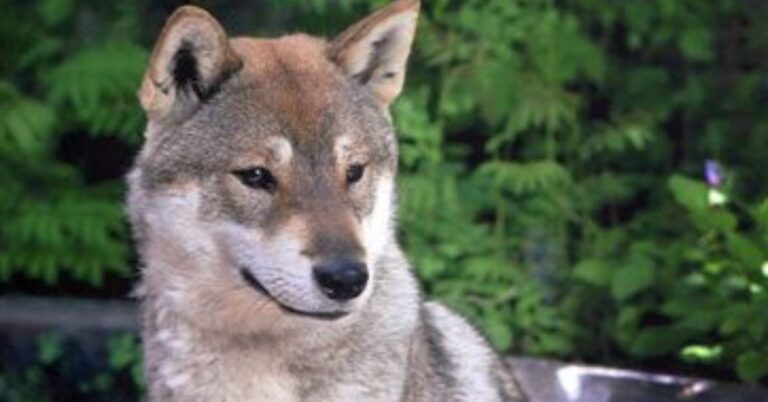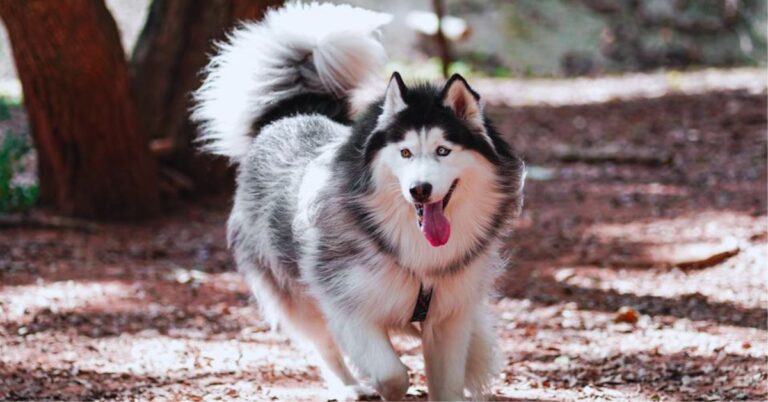15 Worst Dog Breeds for People on a Tight Budget
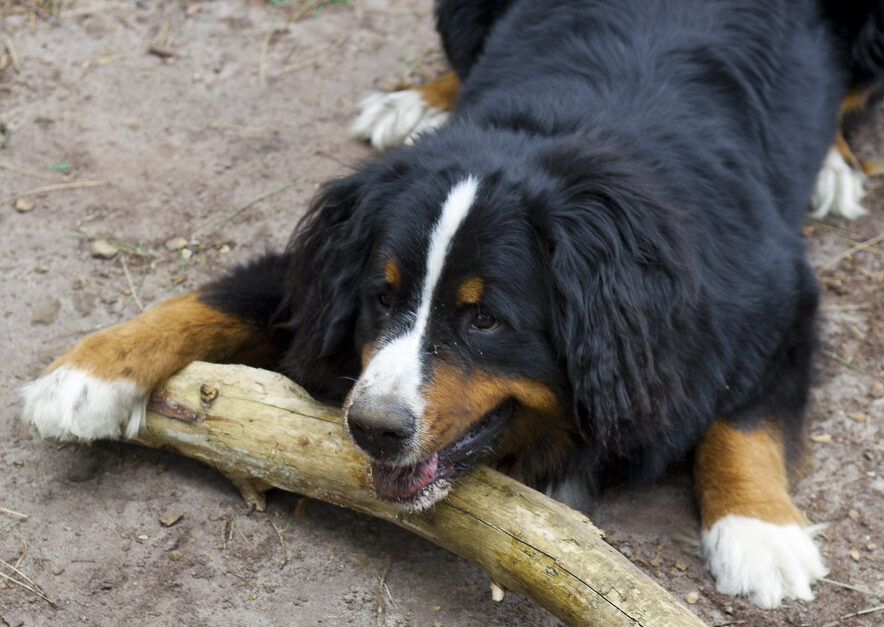
Having a dog is wonderful, but some breeds come with higher costs than others. From grooming needs to health concerns, some dog breeds require a significant financial commitment to keep them happy and healthy. So, if you’re on a tight budget, it’s wise to consider breeds that are easier on the wallet. Here are 15 dog breeds that might strain a budget.
English Bulldog

English Bulldogs are adorable but come with many health problems due to their unique structure. Their short snouts cause breathing issues, leading to conditions like brachycephalic obstructive airway syndrome, which often requires surgery. Plus, they are prone to skin infections, allergies, and hip dysplasia, which means frequent vet visits and high medical bills.
Great Dane
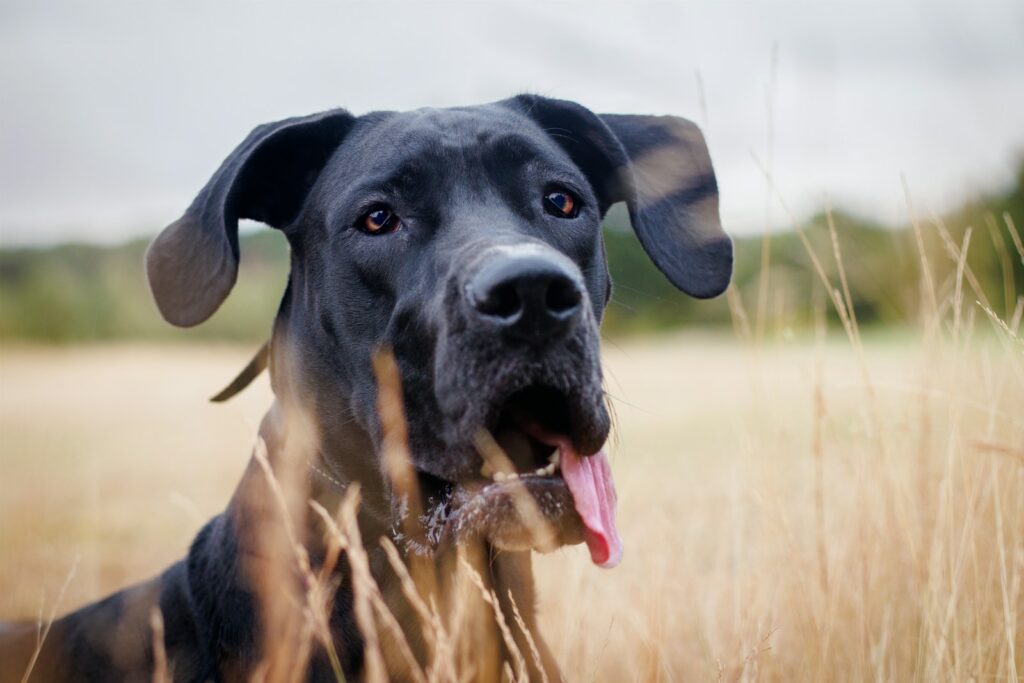
Great Danes need more food than most breeds, leading to high monthly food expenses. They can develop health issues like hip dysplasia, heart disease, and especially gastric torsion (bloat), a life-threatening condition that can require emergency surgery. Vet bills for such a large dog tend to be higher, as medications and treatments are often dosed based on weight, and their size can complicate procedures.
Bernese Mountain Dog
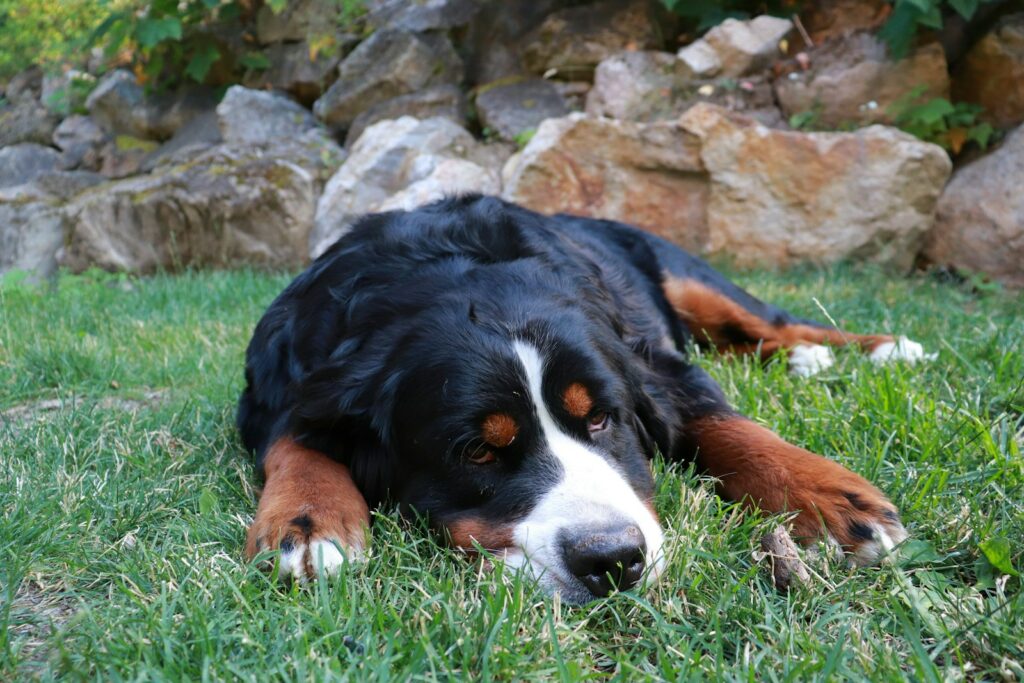
Bernese Mountain Dogs are lovable family dogs, but they have a relatively short lifespan and are susceptible to cancer, hip dysplasia, and joint problems. They also need regular grooming due to their thick, double-layered coats, adding to grooming costs. Their health issues often lead to frequent vet visits and potentially expensive treatments, especially for cancer, which is unfortunately common in this breed.
Yorkshire Terrier

Though small, Yorkshire Terriers have high grooming needs due to their fine, long coats that need frequent trims and maintenance. They’re also prone to dental problems, which means additional dental care expenses. Yorkies also often have sensitive stomachs and are predisposed to hypoglycemia, liver issues, and collapsed tracheas.
Alaskan Malamute

Alaskan Malamutes are large, powerful dogs bred for heavy work, so they need high levels of physical exercise and plenty of food, which can be costly. They’re also known for their thick, fluffy coats that shed heavily and need regular grooming to prevent matting and skin issues. Malamutes are predisposed to hip dysplasia and inherited polyneuropathy, both of which can lead to high medical expenses, particularly in their senior years.
Dogue de Bordeaux

This large breed, also known as the French Mastiff, has drooling and skin-fold maintenance needs that can be costly and time-consuming. They have relatively short lifespans and are prone to several serious health problems, such as hip dysplasia, heart disease, and skin infections. Specialized diets and medications are often necessary to maintain their health, and their high susceptibility to health problems means regular vet visits and potentially costly surgeries.
Samoyed

Samoyeds are beautiful, fluffy dogs that need to be groomed regularly to keep their thick, white coats from matting. They’re also prone to a variety of health issues, including diabetes, hip dysplasia, and autoimmune diseases, all of which require regular medical care. They may also need special diets or medications to manage these conditions, making them a costly breed to maintain.
Cavalier King Charles Spaniel
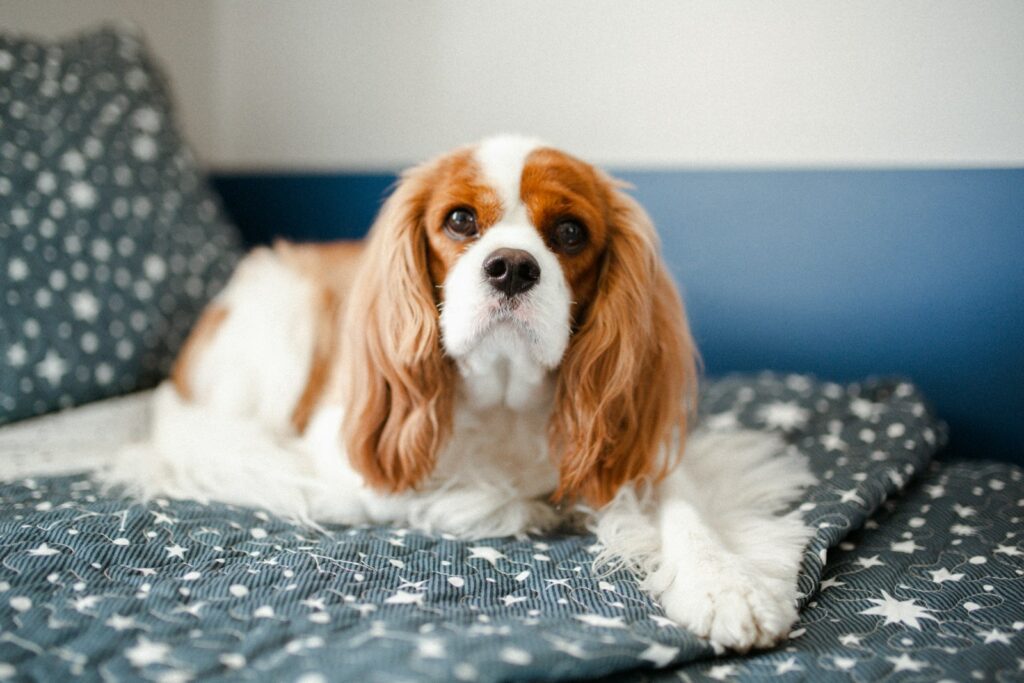
This breed is gentle and affectionate but comes with a host of health issues, particularly heart disease. Many Cavaliers develop mitral valve disease, which often requires lifelong medication or surgery. They are also prone to syringomyelia, a painful spinal condition that can lead to expensive treatments and ongoing care. Regular check-ups and medications to manage these conditions can add up, making them a costly breed to own.
Akita
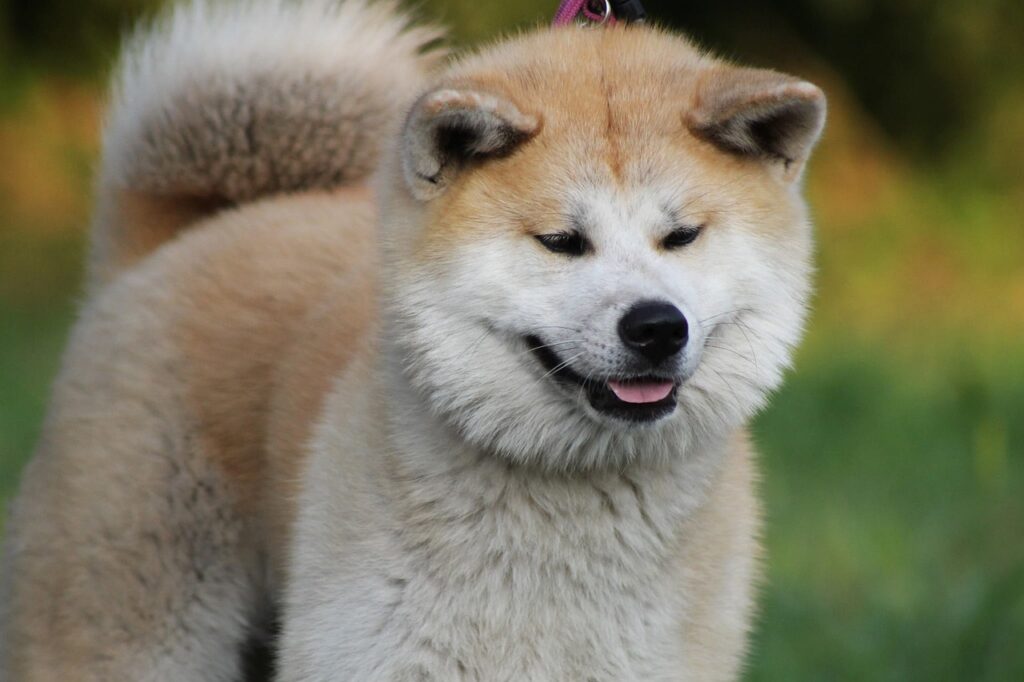
Akitas are large, powerful dogs with specific grooming and healthcare needs. These pups can develop autoimmune disorders, hip dysplasia, and a condition called bloat, which can require emergency surgery. Akitas are independent and often require professional training for effective socialization, which can be costly.
Irish Wolfhound
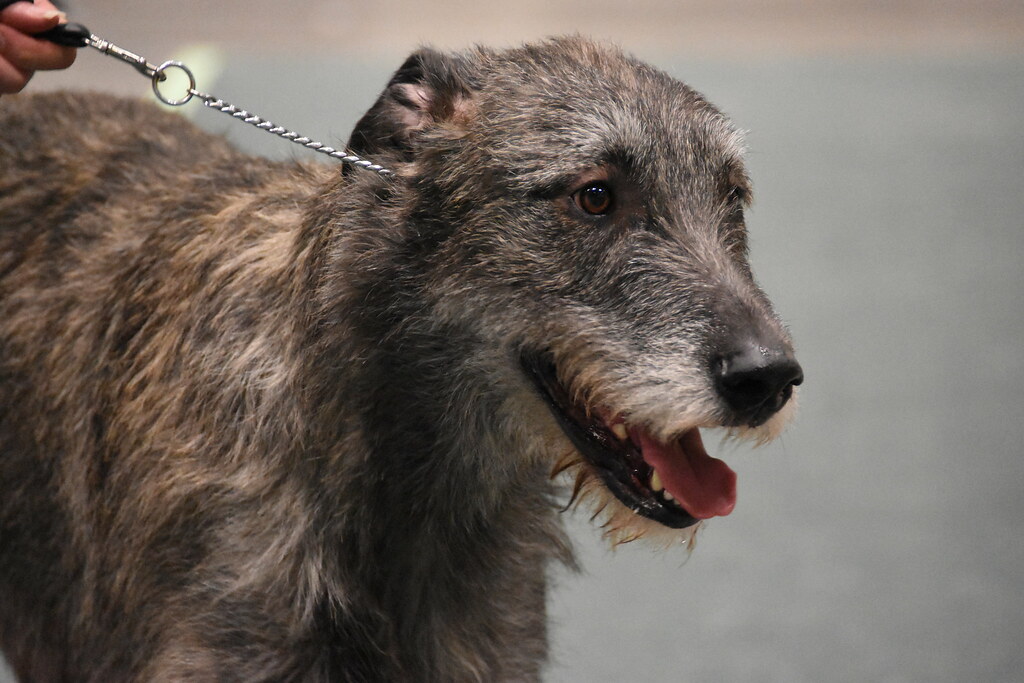
One of the tallest breeds, Irish Wolfhounds have higher food costs due to their size, and their large frame makes them more susceptible to joint and heart problems. Their shorter lifespan means health issues often appear earlier than in other breeds, resulting in frequent veterinary care. Irish Wolfhounds also have a higher risk of developing a specific form of bone cancer, which requires costly treatments like chemotherapy or surgery.
Shih Tzu
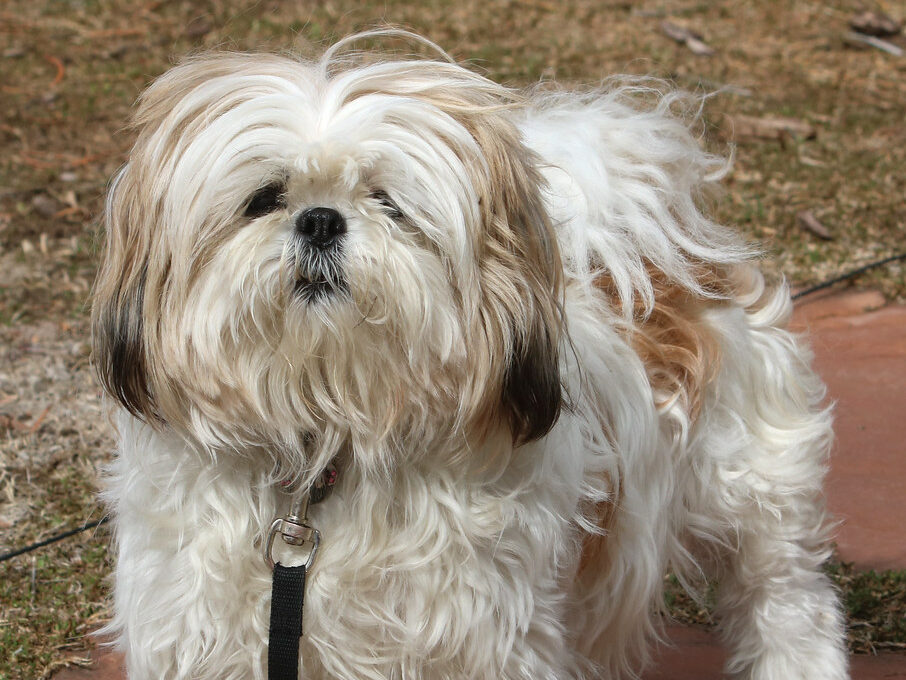
Shih Tzus are susceptible to dental issues, skin allergies, and eye problems, especially due to their short noses, which can lead to breathing difficulties. Their grooming, dental care, and medical needs make them a relatively high-cost breed to maintain, as regular vet visits are often needed to manage these issues.
Boxer

Boxers are playful and loyal, but they’re susceptible to a range of health problems, including heart disease, hip dysplasia, and cancer. As they age, their medical expenses tend to increase a lot, especially since Boxers are prone to some types of cancers that require ongoing treatments or surgeries. They are also high-energy dogs that benefit from professional training, adding to the overall cost.
Rottweiler
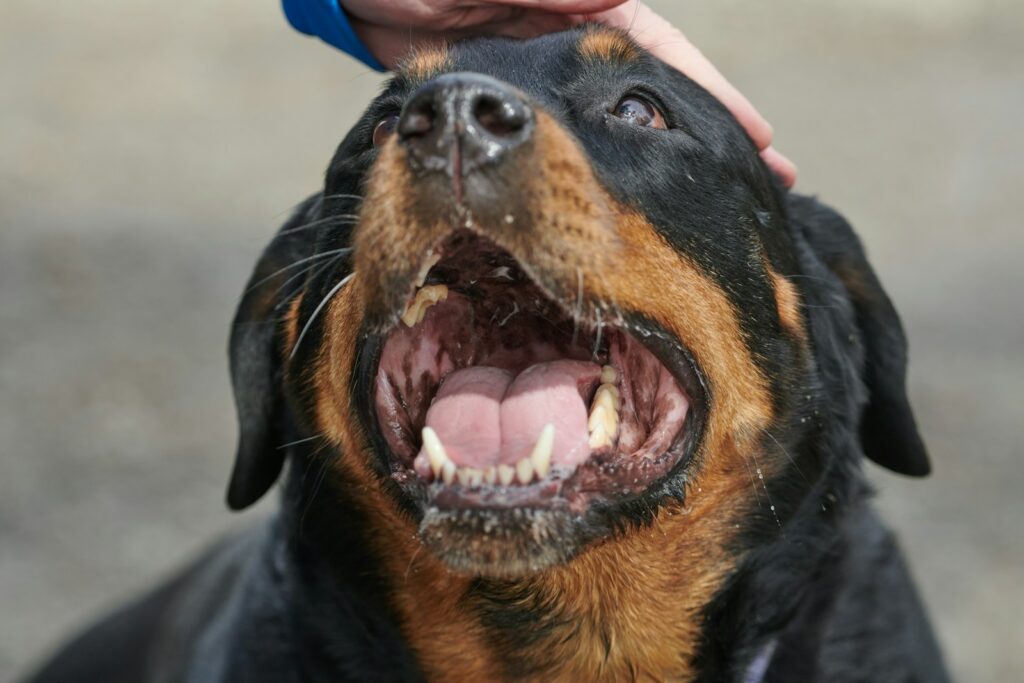
Rottweilers are powerful dogs prone to health issues such as hip dysplasia, joint problems, and cancer. Their size means that they consume a lot of food and often need more medications than smaller breeds, which increases costs. Additionally, many owners find it beneficial to invest in professional obedience training for Rottweilers to manage their strength and energy levels.
Afghan Hound
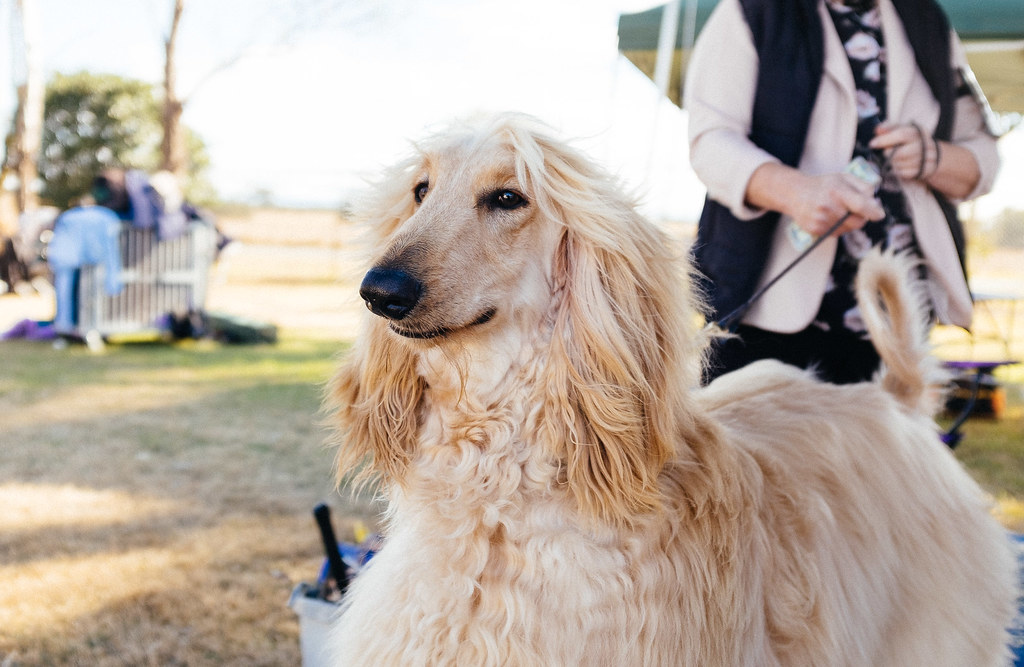
Known for their elegance, Afghan Hounds have long, flowing coats that require professional grooming every few weeks. They’re also prone to digestive issues and certain inherited conditions, which means frequent vet visits may be necessary. Grooming and specialized diets to accommodate their sensitive digestive system add to the costs of owning an Afghan Hound.
French Bulldog
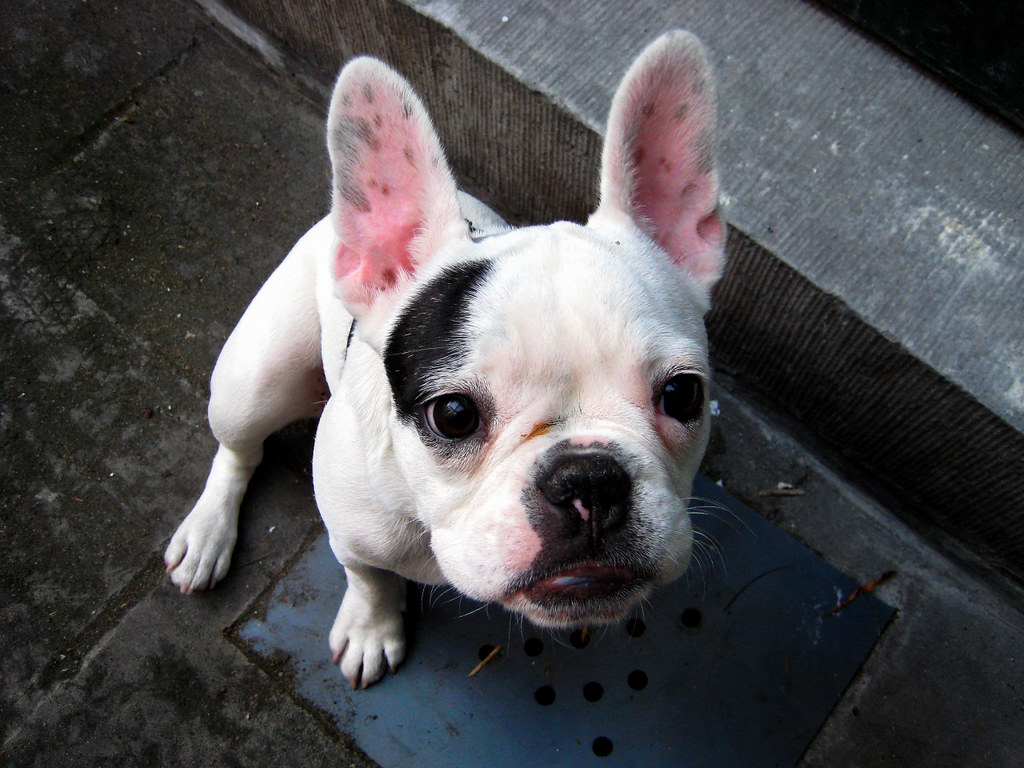
French Bulldogs are beloved for their personalities, but their health issues can be a financial burden. They’re prone to breathing difficulties, especially due to their compact faces, which may require surgical correction. Additionally, they’re susceptible to allergies, skin issues, and joint problems. Because of their structure, even minor medical procedures can be more complicated and costly, making French Bulldogs a pricey choice for owners on a tight budget.


